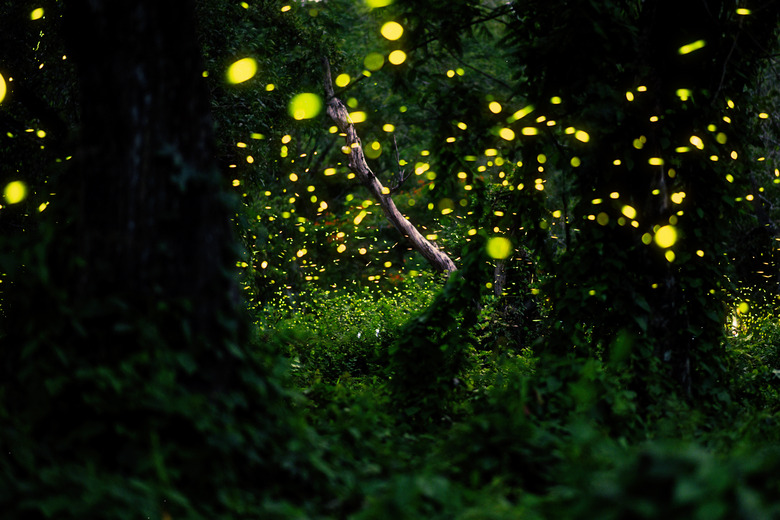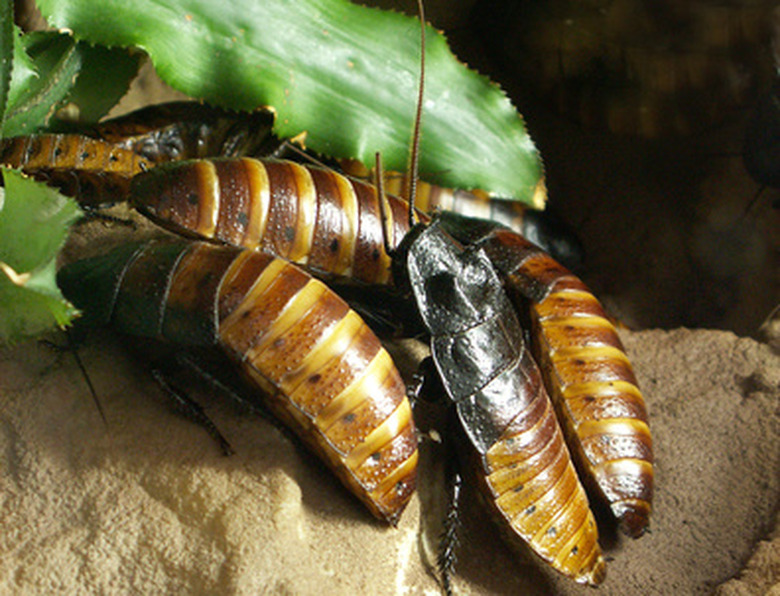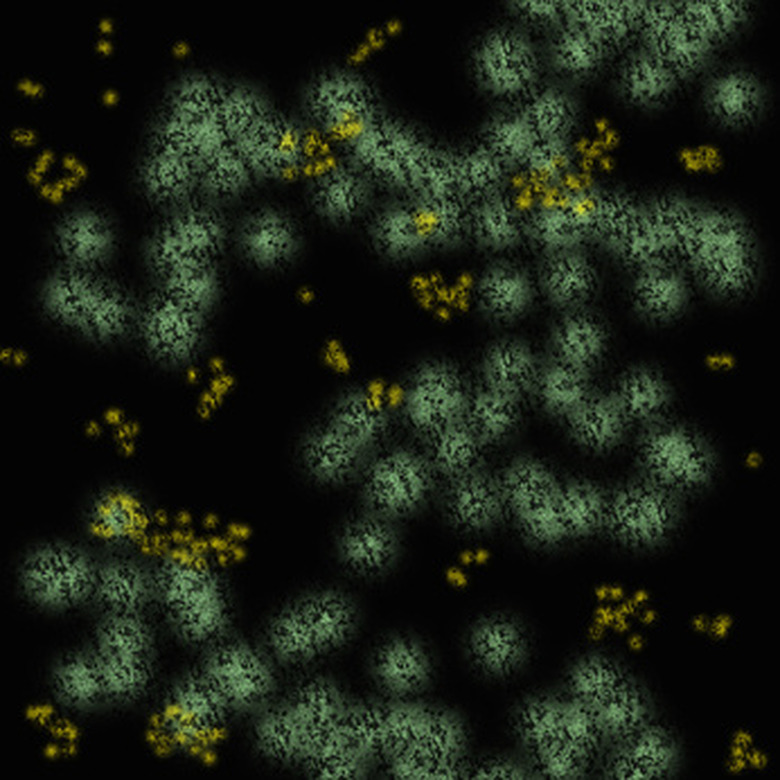Bugs That Glow In The Dark
According to Sachin Chorge at Biology Online, bioluminescence occurs when a living creature converts chemical energy to light energy. It can also occur as a result of bacterial or fungal activity, such as the glow from foxfire. Many animals and insects display bioluminescence to scare away predators, attract mates and lure prey. Naturalist Mark Branham recommends reducing excess lighting on your property if you want to attract fireflies and other glowing insects.
Luna Moth
Luna Moth
Actius Luna, or luna moth, is also known as the wild silk moth and has a 3-inch to 4.5-inch wingspan. It is fluorescent yellow-green to pale bluish-green in color and its hind wings form two long, sweeping tails. The reflective scales on its wings give it an ethereal glow when you shine a flashlight on it. It's found in deciduous North American forests. Luna caterpillars will eat hickory, walnut, sumac, persimmon, sweet gum and birch leaves, but prefer persimmon.
Fire Beetle
Fire Beetle
Pyrophorus luminosa, also called the fire beetle, is a tropical insect with two large, bioluminescent eye spots on its back, near its head. When threatened, the click beetle arches its body, popping into the air with repeated clicks until the predator leaves. Click beetle grubs are called wireworms. They live in rotting logs for up to 10 years while eating the roots and stems of tobacco plants, corn, potatoes and turf grasses, according to Bill Hilton, Jr., director of the Hilton Pond Center for Piedmont Natural History.
Firefly
Firefly
Catching fireflies (the Pyractomena Borealis) is a summer rite practiced by nearly every child who sees them. Whether you call them lightning bugs, fireflies or glowworms, these flashing insects take flight at dusk on summer nights, flashing their abdomens to attract the females that wait on the ground or in nearby bushes. If you have trouble with slugs or snails in your garden, release firefly larvae nearby. The larvae will track snails and slugs, injecting them with an anaesthetic that helps the firefly lava digest its food—according to naturalist Mark Branham of the Ohio State University Department of Entomology.
Cite This Article
MLA
Smith, Jane. "Bugs That Glow In The Dark" sciencing.com, https://www.sciencing.com/bugs-glow-dark-6676421/. 22 November 2019.
APA
Smith, Jane. (2019, November 22). Bugs That Glow In The Dark. sciencing.com. Retrieved from https://www.sciencing.com/bugs-glow-dark-6676421/
Chicago
Smith, Jane. Bugs That Glow In The Dark last modified March 24, 2022. https://www.sciencing.com/bugs-glow-dark-6676421/


